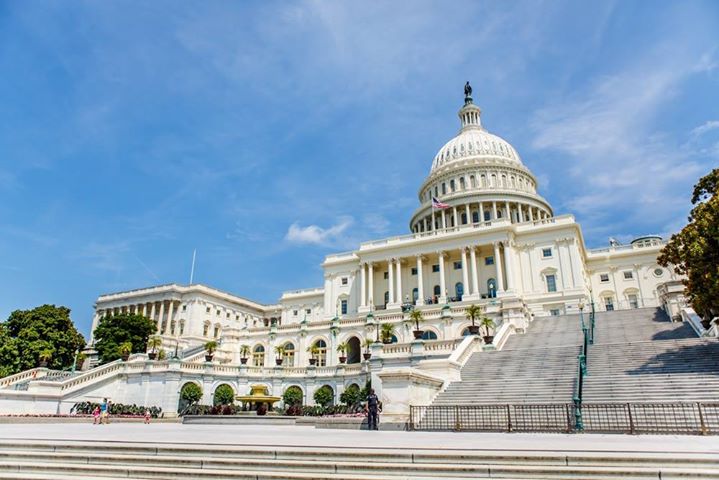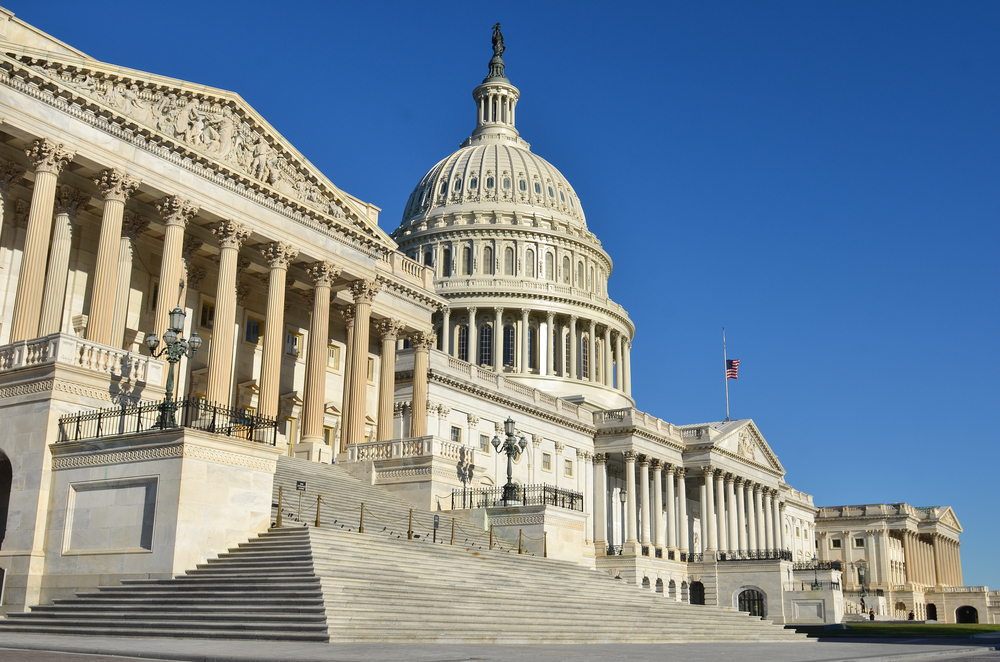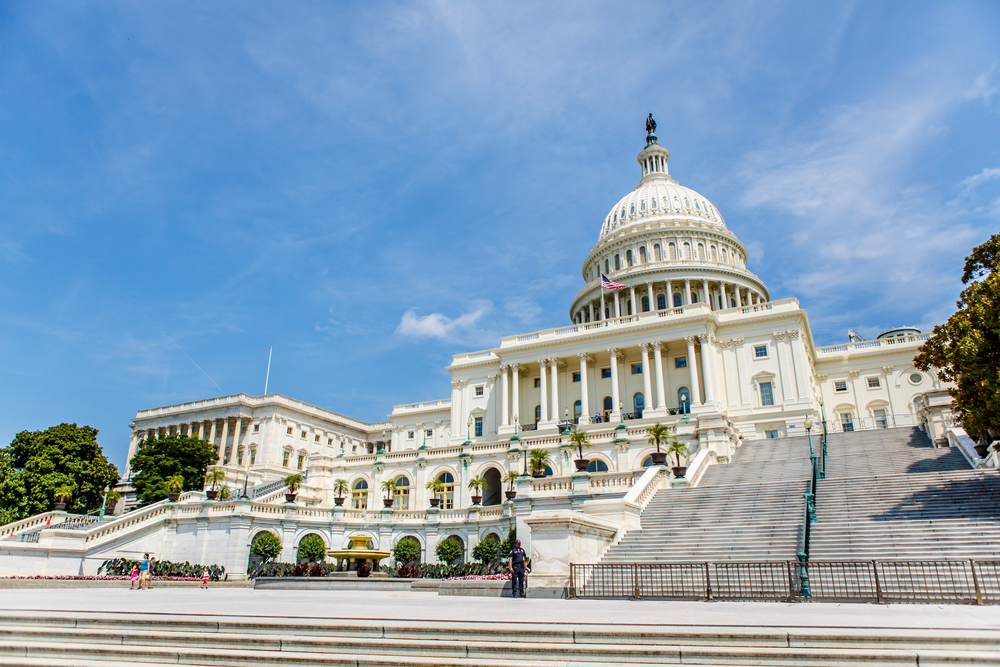Reliability & Resilience
Reliability & Resilience
Energy efficiency helps to ensure energy consumption is more effectively managed, improving reliability and resilience.
Using energy efficiently reduces demand on the grid – making our electric system more reliable, and strengthening its ability to adapt to challenges and bounce back from inevitable disruptions. This is particularly true today with the emergence of new technologies for generating and distributing power, and with increasing threats of severe weather such as heat waves and hurricanes due to climate change. Efficiency gives utilities and system operators greater flexibility in managing demand and resources to ride out the challenges.
For example, as renewable energy deployment increases across the country, the greater scale of variable resources can lead to higher peaks and valleys in electricity demand known as “duck curves,” which are costly and challenging to manage. Energy efficiency can minimize energy waste, improve the economics of renewable deployment, and soften load management challenges. Energy efficiency can also lengthen the meaningful life of electricity infrastructure, deferring maintenance and preventing the need for building new generation plants, transmission and distribution lines, and power substations.
As we move into a world of Active Efficiency, where traditional efficiency measures combine with demand response and other technologies like storage, Internet of Things (IoT) devices, and distributed renewables, we can create an energy system that is more flexible, reliable, and resilient than ever before.
At a buildings level, other energy-efficient technologies such as combined heat and power systems and microgrids can “island” schools, hospitals, and other critical infrastructure, keeping them powered through electricity outages and establishing resilient locations to stage recovery efforts or house displaced households during emergencies. Traditional energy efficiency measures such as insulation and energy-efficient windows maintain occupant health and safety during outages, while digitalization and connected devices can help grid operators better plan for, identify, and respond to outages in real time.
Furthermore, energy efficiency can often be used to help pay for resilience, safety, and health improvements. For example, a school in Texas looking to upgrade its HVAC system to improve air filtration and move it from the ground level to avoid flooding could cover the cost of the upgrade through cost savings from high-efficiency equipment. A hospital in Florida could save money by upgrading its windows to be both highly efficient and hurricane resistant. As part of our COVID-19 response, the Alliance and other organizations have proposed an ambitious national campaign for retrofitting mission critical facilities to improve safety, efficiency, resiliency, and flexibility during emergencies.
We have more than doubled our energy productivity since 1980 – now getting more than twice as much economic output per unit of energy consumed. As we move into a world of Active Efficiency, where traditional efficiency measures combine with demand response and other technologies like storage, Internet of Things (IoT) devices, and distributed renewables, we can double our energy productivity again while also creating an energy system that is more flexible, reliable, and resilient than ever before.
Reliability & Resilience RESOURCES
STAY EMPOWERED
Help the Alliance advocate for policies to use energy more efficiently – supporting job creation, reduced emissions, and lower costs. Contact your member of Congress.
Energy efficiency is smart, nonpartisan, and practical. So are we. Our strength comes from an unparalleled group of Alliance Associates working collaboratively under the Alliance umbrella to pave the way for energy efficiency gains.
The power of efficiency is in your hands. Supporting the Alliance means supporting a vision for using energy more productively to achieve economic growth, a cleaner environment, and greater energy security, affordability, and reliability.



